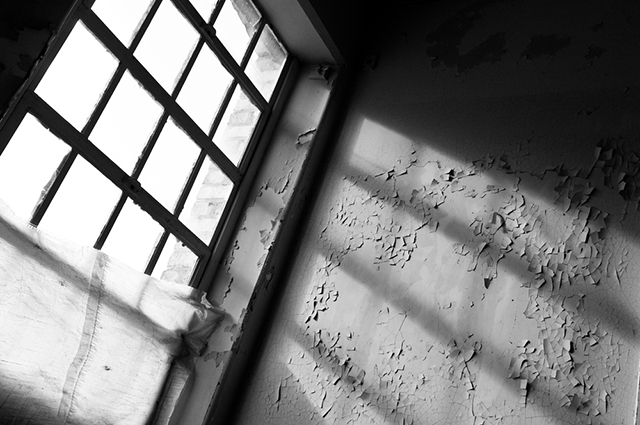
Baltimore, my hometown, is facing its highest rate of homicides in decades. Along with other cities that are reporting higher than usual violent crime rates this summer, Baltimore’s murder rate is up by 33 percent this year.
It’s a terrible reminder that the violence that erupted this spring, when Freddie Gray died in police custody, continues. People in urban America are suffering not just from police brutality, but also from increased rates of armed robberies, muggings, and gun violence.
It’s not just about crime, though, or even poverty. Millions of residents in these neighborhoods also confront a less visible form of violence: environments that assault their health on a daily basis.
Kids are especially at risk. Children are more heavily exposed to toxins in proportion to their body weight. And they have more years of life ahead of them in which to suffer the effects of early exposure.
That’s why a scientific review of research on air pollution concluded that “the effects of air pollution on brains of children and teens ought to be key public health targets.” Exposure to various forms of air pollution can affect kids’ brains in scary ways – including an increased risk of autism and a reduced IQ.
The problem is especially bad for poor communities of color, since they’re much more likely to live near sources of hazardous pollution. Baltimore, for example, still has some of the worst ozone on the East Coast. The pattern plays out all across the country.
And it doesn’t stop at air pollution.
I found myself dwelling on lead poisoning recently. It’s a threat to kids that we almost licked. The US government eliminated lead in paint in 1978, and in gasoline by the 1990s. The levels of lead in kids’ blood went down dramatically.
But older buildings can still contain toxic levels of lead in old layers of paint, especially in poorer neighborhoods. Baltimore’s kids suffer lead poisoning at nearly three times the national average – and the problem is especially concentrated in the city’s aggrieved western neighborhoods.
Lead poisoning is devastating. It costs kids IQ points, damages their nervous systems, stunts their growth, and impacts their behavior in unpredictable ways.
Freddie Gray and a lot of kids like him were poisoned by lead in the 1990s. Many of them may be in prison today because they grew up physiologically unable to control their impulses and with neurocognitive functions cut far short of their full potential.
Combined with grinding poverty, institutional racism, and a police force inclined towards violence, the problem gets even deadlier.
These kids are also being exposed to particle pollution in the form of vehicle exhaust, the indiscriminate use of pesticides, and a range of chemicals in consumer products that haven’t been tested for safety. Emerging research warns that these things can impact the rapidly developing minds of children.
Violent crime can fluctuate for a number of reasons, and I hope safer days for my city lie ahead. But if we don’t do something about the slow-motion environmental crises our poorest neighbors confront every day, then that would be one of the biggest crimes of all.
Our most important fundraising appeal of the year
December is the most critical time of year for Truthout, because our nonprofit news is funded almost entirely by individual donations from readers like you. So before you navigate away, we ask that you take just a second to support Truthout with a tax-deductible donation.
This year is a little different. We are up against a far-reaching, wide-scale attack on press freedom coming from the Trump administration. 2025 was a year of frightening censorship, news industry corporate consolidation, and worsening financial conditions for progressive nonprofits across the board.
We can only resist Trump’s agenda by cultivating a strong base of support. The right-wing mediasphere is funded comfortably by billionaire owners and venture capitalist philanthropists. At Truthout, we have you.
We’ve set an ambitious target for our year-end campaign — a goal of $250,000 to keep up our fight against authoritarianism in 2026. Please take a meaningful action in this fight: make a one-time or monthly donation to Truthout before December 31. If you have the means, please dig deep.